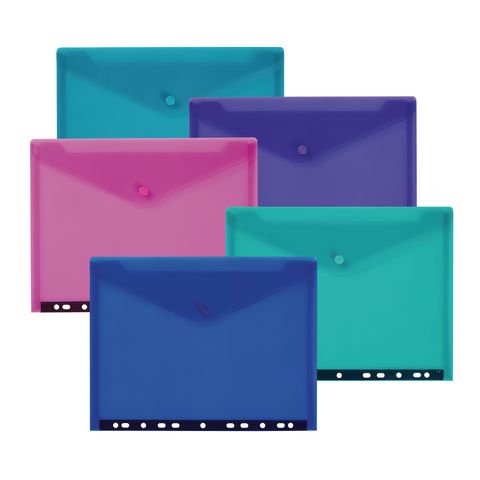The GBT10125-2012 standard for salt spray test chambers is developed in accordance with the guidelines provided in GB/T 1.1-2009. This standard replaces the previous version, GB/T 10125-1997, titled "Artificial Atmosphere Corrosion Test – Salt Spray Test." Compared to its predecessor, GBT10125-2012 introduces several key improvements and updates.
One of the major changes includes an expanded scope of application, which now covers a broader range of testing scenarios. The normative references have also been updated to reflect the latest industry standards. Additionally, the sodium chloride solution concentration has been adjusted, along with more detailed instructions on how to properly adjust the pH value of the solution.
The standard specifies that the volume of the salt spray test chamber must be at least 0.4 cubic meters. It also adds more comprehensive requirements for the salt spray device and re-use procedures. New provisions are introduced for the AASS (Acetic Acid Salt Spray) test method, while the CASS (Copper Accelerated Acetic Acid Salt Spray) test method has been fully revised. Some modifications have also been made to the basic requirements for the NSS (Neutral Salt Spray) test, including pretreatment, test duration, and post-test handling.
Special attention is given to organic coating test panels, and new placement guidelines for the test are included. Additional test conditions and post-test treatment methods are now outlined. The evaluation of organic coatings has also been enhanced with new criteria.
A dedicated section on test reports has been added, ensuring consistency and clarity in documentation. The design sketch of the salt spray test chamber has been revised, and a supplementary method using zinc reference samples has been introduced to evaluate the performance of the test chamber.
Appendices have been added to provide further guidance, including test panels for organic coatings, additional information on test templates, and details on steel reference sample grades. The standard is based on the equivalent international standard ISO 9227:2006, with Appendix NA providing information on Chinese documents that correspond to the referenced international standards.
Editorial changes include removing the preface from ISO 9227:2006 and adding a preface specific to this standard. References to "this International Standard" have been replaced with "this standard," and the informational appendix NA has been included to highlight consistent Chinese documents.
The standard was proposed by the China Machinery Industry Federation and is managed by the National Technical Committee for Standardization of Metal and Non-Metallic Coatings (SAC/TC 57). It was drafted by several leading institutions, including Wuhan Materials Protection Research Institute, Maanshan Dingtai Rare Earth Technology Co., Ltd., and Wuhan University.
Key contributors to the standard include Zhang Yan, Jiang Lei, Liu Shuo, Shi Zhimin, and many others. The previous version of this standard was GB/T 10125-1997, and the current version is GB/T 10125-2012/ISO 9227:2006.
Filing bags are a simple and practical stationery.There are A4,A5,A6 and other sizes, as well as single pocket, multi-pocket and other options.Snap bag has snap closure, Velcro closure, elastic rope closure and other ways.Suitable for school students to store learning materials.Suitable for office staff to store a variety of office materials, in the study and office has a wide range of applications.The material of button bag is PP, PVC, EVA and so on, which is easy to carry

Filing Envelopes,Kraft Paper Filing Envelopes,Document File Bags,Filing Paper Bag Envelopes
shaoxing chaofeng stationery manufacturing CO.,LTD. , https://www.chaofengstationery.com